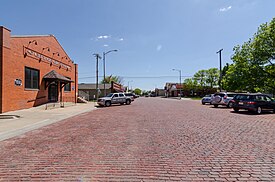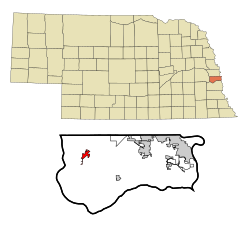
Gretna is a city in Gadsden County, Florida, United States. It is part of the Tallahassee, Florida Metropolitan Statistical Area. The majority of the population is African American, and as of the 2020 census, had 1,357 residents, down from 1,460 at the 2010 census.

Gardner is a city in Johnson County, Kansas, United States. As of the 2020 census, the population of the city was 23,287. It is located within the Kansas City metropolitan area.

Elgin is a city in Antelope County, Nebraska, United States. The population was 661 at the 2010 census.
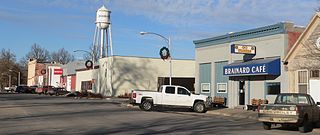
Brainard is a village in Butler County, Nebraska, United States. The population was 330 at the 2010 census.

Randolph is a city in Cedar County, Nebraska, United States. The population was 881 at the 2020 census. It refers to itself as "The Honey Capital of the Nation" due to the per-capita number of bee keeping families.
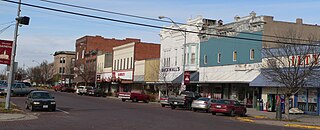
Geneva is a city in, and the county seat of, Fillmore County, Nebraska, United States. The population was 2,217 at the 2010 census.

Blue Springs is a city in Gage County, Nebraska, United States. The population was 282 at the 2020 census.
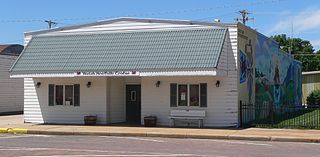
Wymore is a city in Gage County, Nebraska, United States. The population was 1,377 at the 2020 census.

Aurora is a city in Hamilton County, Nebraska, United States. The population was 4,479 at the 2010 census. It is the county seat of Hamilton County.

Ogallala is a city in and the county seat of Keith County, Nebraska, United States. The population was 4,878 at the 2020 census, up from 4,737 at the 2010 census. In the days of the Nebraska Territory, the city was a stop on the Pony Express and later along the transcontinental railroad. The Ogallala Formation that carries the Ogallala Aquifer was named after the city.

Waverly is a village in Lancaster County, Nebraska, United States. It is part of the Lincoln, Nebraska Metropolitan Statistical Area. The population was 4,279 at the 2020 census.

Bridgeport is a city in Morrill County, Nebraska, United States. The population was 1,454 at the 2020 census. It is the county seat of Morrill County.

Genoa(pron. je NO uh) is a city in Nance County, Nebraska, United States. The population was 894 at the 2020 census. The city was founded by Mormons in 1857. In the fall of 1859, the Mormon Colony was forced to abandon Genoa when the town and surrounding area were incorporated into the newly created Pawnee Reservation. The Pawnee Indian Agency utilized the structures vacated by the Mormons.

Bellevue is a suburban city in Sarpy County, Nebraska, United States. It is part of the Omaha–Council Bluffs metropolitan area, and had a population of 64,176 as of the 2020 census, making it the 3rd most populous city in Nebraska, behind Omaha and Lincoln, and the second largest city in the U.S. named "Bellevue," behind Bellevue, Washington.
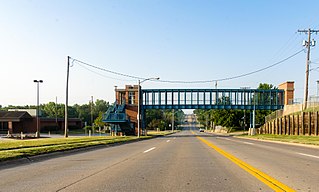
La Vista is a city in Sarpy County, Nebraska, United States. The population was 16,746 at the 2020 census, making it the 12th most populous city in Nebraska. The city was incorporated on February 23, 1960.

Ceresco is a farming village in Saunders County, Nebraska, United States. The population was 919 at the 2020 census. It is located near U.S. Highway 77, just north of Lincoln, just south of Wahoo, and a short distance southwest of Omaha.

Yutan is a city in Saunders County, Nebraska, United States.

Seward is a city and county seat of Seward County, Nebraska, United States. The population was 6,964 at the 2010 census. Seward is part of the Lincoln, Nebraska Metropolitan Statistical Area.

Hay Springs is a city in Sheridan County in the state of Nebraska, in the Great Plains region of the United States. The population was 570 at the 2010 census.

York is a city in and the county seat of York County, Nebraska, United States. At the 2010 census, the city population was 7,766. It is the home of York University and the Nebraska Correctional Center for Women.
